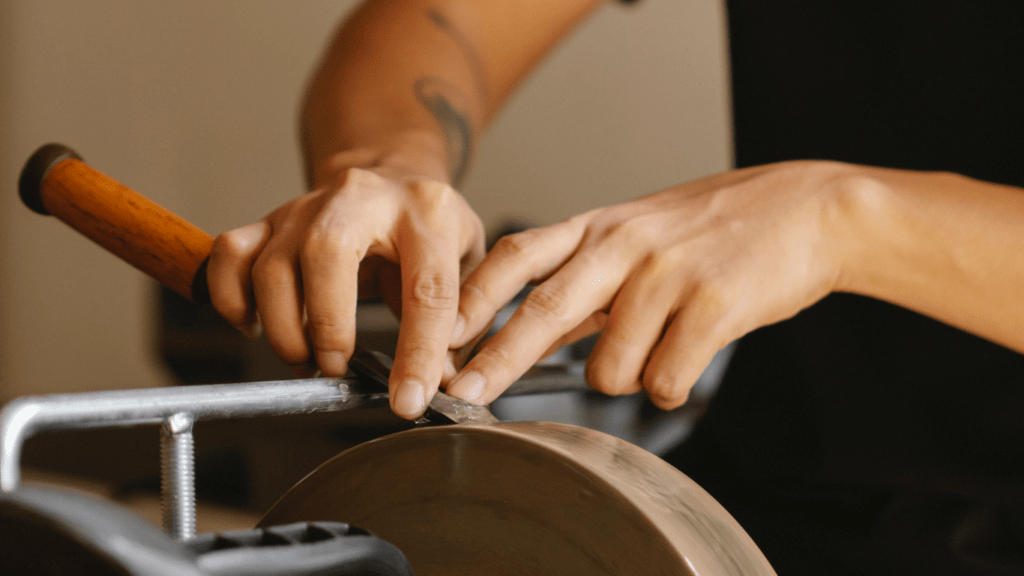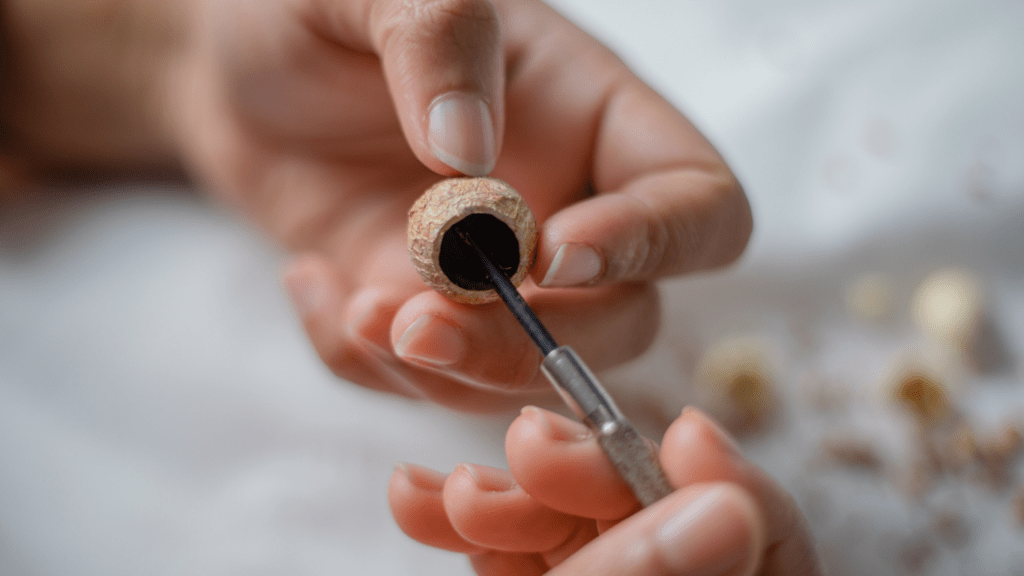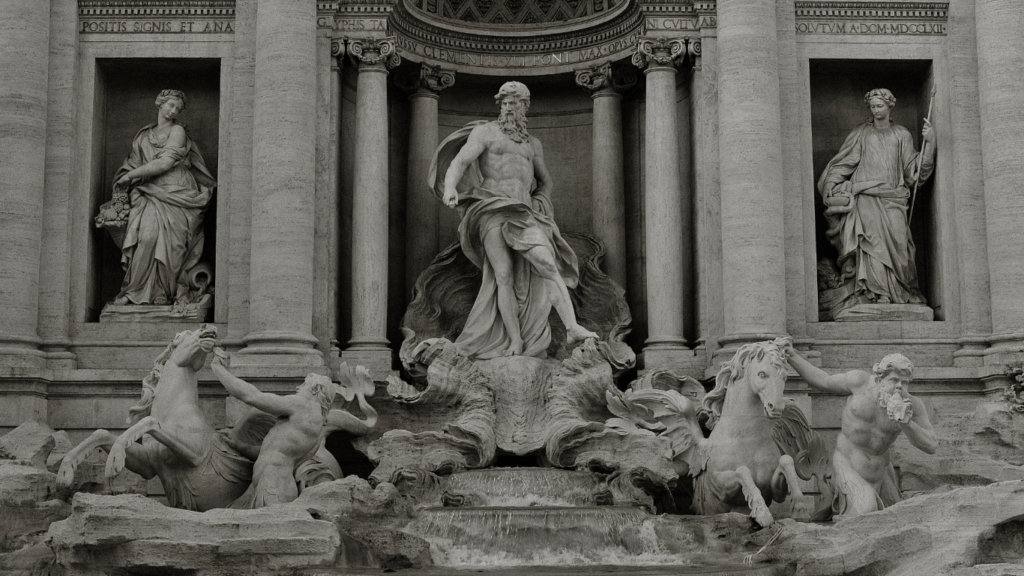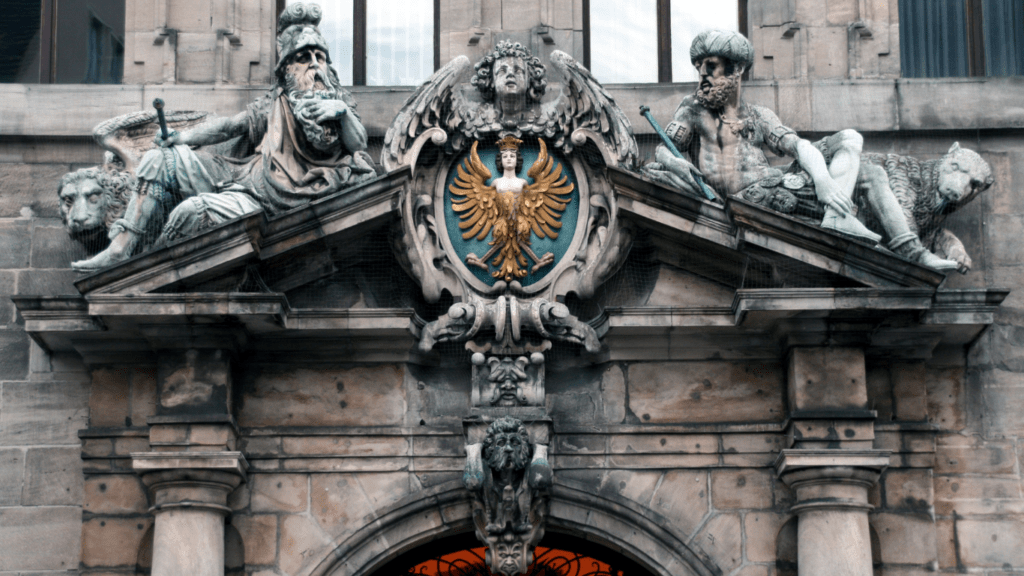As a sculptor, I’ve always found that the texture of a sculpture can breathe life into it, adding depth and character. In the world of sculpting, mastering various texturing techniques can elevate your work from ordinary to extraordinary. Whether you’re sculpting with clay, wood, metal, or any other medium, understanding how to create captivating textures is key.
In this article, I’ll delve into the art of texturing sculptures, exploring different methods and tools that can help you achieve stunning results. From traditional hand-carving techniques to modern approaches using specialized tools, there’s a wide range of options to experiment with. By honing your texturing skills, you can truly make your sculptures stand out and leave a lasting impression on viewers.
Understanding Sculpture Texturing
Texture plays a crucial role in sculpting as it adds depth and visual interest to the artwork. Mastering various texturing techniques is essential for sculptors to elevate their creations. By understanding the principles behind sculpture texturing, artists can effectively communicate emotions and narratives through their work.
Importance of Texture in Sculptures
I believe texture is not just about the sense of touch but also about how light interacts with the surface of a sculpture. It creates shadows and highlights that contribute to the overall aesthetic appeal. Different textures can evoke different emotions in viewers, making the artwork more engaging and thought-provoking.
Overview of Texturing Techniques
In my experience, there are numerous techniques sculptors can use to create diverse textures in their artwork. Some common methods include carving, modeling, and adding or subtracting material. Each technique offers a unique way to manipulate the surface of the sculpture, allowing artists to experiment and achieve their desired artistic vision.
Traditional Texturing Techniques
In traditional sculpting, mastering various texturing techniques is crucial for enhancing sculptures and effectively conveying emotions and narratives. Texture plays a significant role in adding depth and visual interest to artworks, influencing light interaction to create shadows and highlights that contribute to the overall aesthetic appeal. Let’s explore two key traditional texturing techniques: Carving and Engraving, and the Application of Additives.
- Carving and Engraving
Carving is a fundamental technique where material is removed from the sculpture to create textures. It involves cutting, chiseling, or gouging the medium to shape intricate patterns or designs. Engraving, on the other hand, focuses on incising lines or patterns into the surface of the sculpture. Both methods allow sculptors to add intricate details and unique textures to their pieces, enhancing the overall visual impact of the artwork. - Application of Additives
The application of additives involves incorporating additional materials to the sculpture to create textures. This technique allows sculptors to experiment with various substances like clay, sand, or fibers to add depth and complexity to their artworks. By mixing these additives with the base material and manipulating them creatively, sculptors can achieve a wide range of textures, from rough and gritty to smooth and glossy, enhancing the tactile and visual aspects of the sculpture.
Modern Texturing Techniques
Exploring modern texturing techniques in sculpture, I delve into innovative methods that revolutionize traditional practices, elevating the art form to new heights.
3D Printing and Texturing
Incorporating 3D printing in sculpting enables me to achieve intricate textures with precision and consistency. This cutting-edge technology allows for the design of complex structures and patterns that would be challenging to create by hand. By layering materials systematically, I can explore a myriad of textures, from smooth surfaces to intricate details, expanding the possibilities for sculptural expressions.
Use of Synthetic Materials
Experimenting with synthetic materials offers me a versatile palette to manipulate textures in sculpting. From polymers to resins, these materials provide a range of tactile sensations, from smooth and glossy finishes to rough and matte surfaces. By combining traditional sculpting techniques with synthetic materials, I can push the boundaries of texture creation, adding depth and contemporary flair to my artworks.
Tools and Materials for Sculpture Texturing

When it comes to sculpture texturing, selecting the appropriate tools can make a significant difference in achieving the desired results effortlessly. Here are a few key points to consider:
Choosing the Right Tool for Texturing
As a sculptor, I understand the importance of choosing the right tool for texturing. Tools like wire brushes, loop tools, and modeling tools are essential for creating various textures on different sculpting mediums. For example, wire brushes are perfect for adding rough textures, while loop tools excel in sculpting fine details. By selecting the appropriate tool for each texture style, sculptors can bring their creations to life with precision and artistry.
Best Materials for Lasting Texture
In my experience, the choice of materials is crucial for ensuring the longevity of texture in sculptures. Opting for durable materials like high-quality clays, hardwoods, or metals can help maintain the integrity of textures over time. These materials provide stability and resistance to environmental factors, preserving the intricate details and patterns sculptors work hard to achieve. Additionally, considering surface treatments and finishes that protect the texture can further enhance the longevity of the sculpted artwork.
Preserving Textured Sculptures
Preserving textured sculptures is crucial to maintain the integrity and beauty of the artwork over time. As an artist, I understand the significance of proper preservation techniques to ensure that the textures remain vibrant and intact for years to come. Here are essential tips and strategies to safeguard the texture of your sculptures:
Routine Maintenance Tips
As an artist, I recommend incorporating routine maintenance practices to keep textured sculptures in optimal condition. Regular dusting using a soft, dry brush or a gentle air blower can help prevent dirt buildup and preserve the intricate textures. I suggest avoiding harsh cleaning chemicals that can damage the surface texture of the sculpture. Additionally, storing sculptures in a stable environment away from direct sunlight and fluctuating humidity levels can prevent deterioration of the textures over time.
Long-term Preservation Strategies
In my experience, employing long-term preservation strategies is essential for ensuring the longevity of textured sculptures. One effective approach is to apply a protective coating or sealant specifically designed for the material of the sculpture to safeguard the textures from environmental factors and wear. Conducting periodic inspections to identify any signs of damage or degradation early on can help initiate timely repairs and prevent further texture loss. Collaborating with conservators or professionals specialized in sculpture preservation can provide valuable insights and expertise in implementing comprehensive preservation plans.

 Harrison Lee plays a vital role at Sculpture Creation Tips, where his passion for the art of sculpture is evident in everything he does. With a comprehensive understanding of both classical and contemporary sculpting techniques, Harrison is committed to guiding and educating artists, whether they are just beginning their journey or are seasoned professionals. His approach goes beyond merely teaching technical skills; he encourages artists to explore and develop their unique artistic voices, pushing the boundaries of their creativity. Harrison's expertise and dedication make him an invaluable resource, not just for honing craftsmanship but also for inspiring innovation within the sculpting community. His ability to foster a supportive, dynamic learning environment ensures that every artist he works with is equipped to reach new heights in their artistic endeavors. Harrison's contribution to Sculpture Creation Tips is instrumental in its mission to elevate the art of sculpture and empower artists to achieve their full potential.
Harrison Lee plays a vital role at Sculpture Creation Tips, where his passion for the art of sculpture is evident in everything he does. With a comprehensive understanding of both classical and contemporary sculpting techniques, Harrison is committed to guiding and educating artists, whether they are just beginning their journey or are seasoned professionals. His approach goes beyond merely teaching technical skills; he encourages artists to explore and develop their unique artistic voices, pushing the boundaries of their creativity. Harrison's expertise and dedication make him an invaluable resource, not just for honing craftsmanship but also for inspiring innovation within the sculpting community. His ability to foster a supportive, dynamic learning environment ensures that every artist he works with is equipped to reach new heights in their artistic endeavors. Harrison's contribution to Sculpture Creation Tips is instrumental in its mission to elevate the art of sculpture and empower artists to achieve their full potential.
